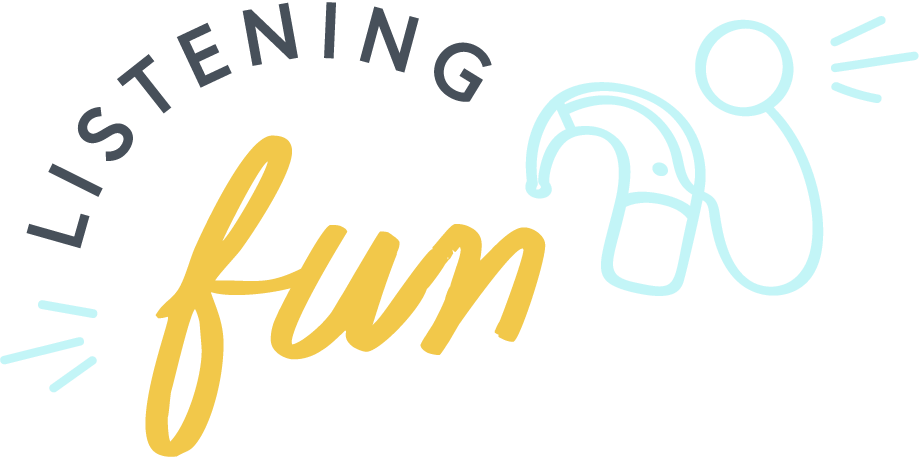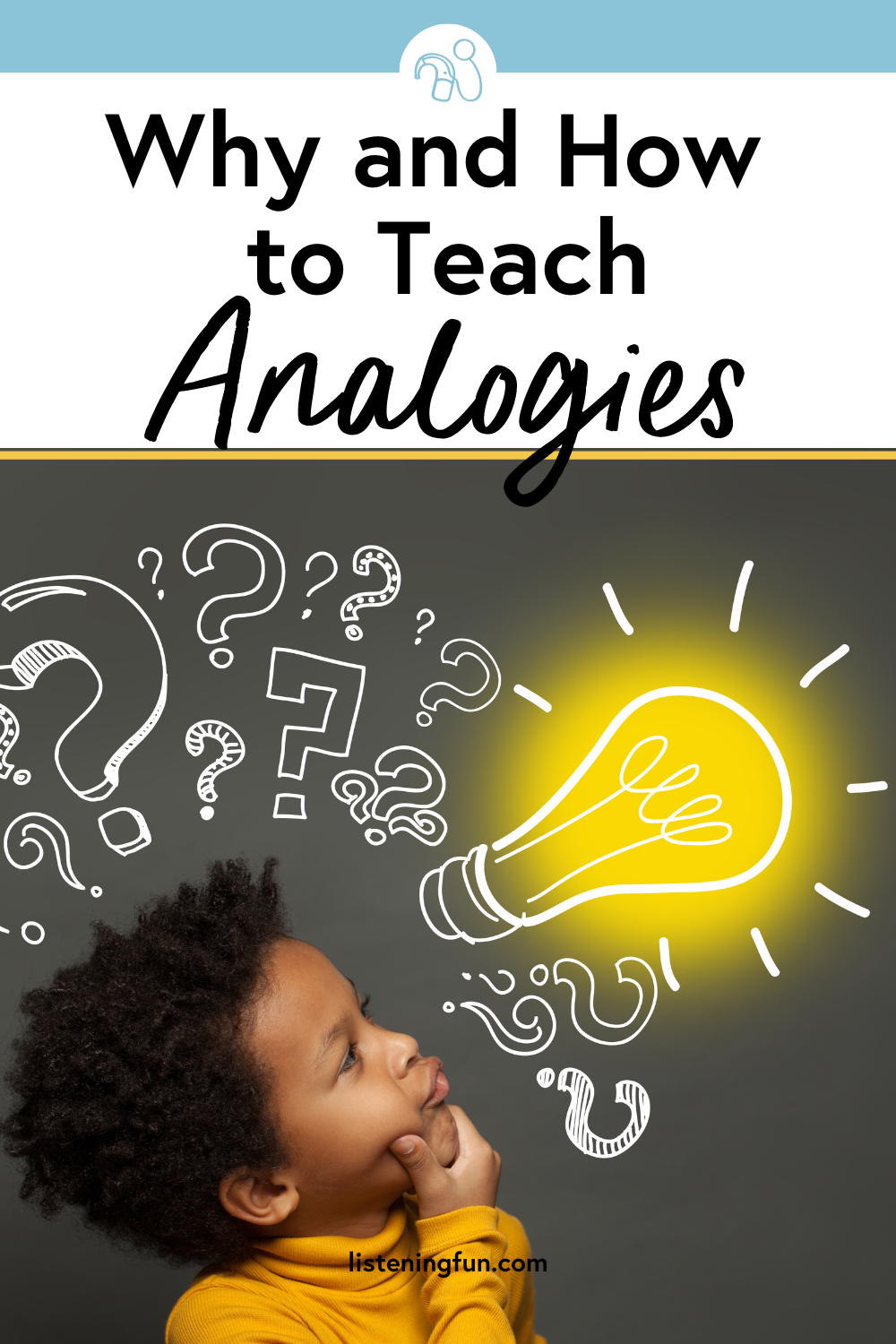Making Connections with Analogies
Analogies are my favorite way to expand and create a deeper understanding of vocabulary, especially when you do not have a specific word list to work from. I explain to my students that throughout any given day, you compare one thing to another countless times. Whether it is your breakfast choice, which coat to wear for the weather, or the faster route to take to get where you need to be… Comparison is everywhere in our daily lives.
Analogies require students to think about the relationships between words and how they connect, including categorizing, functions, descriptions, etc.
There are so many types of analogies to keep in mind:
Synonyms
Antonyms
Characteristics
Part/whole
Type
Object/person
Action/object
Item/function
And more…
WHY TEACH ANALOGIES?
When students are working with analogies, their brain is working extra hard to make sense of the relationships between two different words. Analogies encourage students to:
Expand their vocabulary
Explore the relationships between different ideas and/or words
Think critically
Apply logical reasoning
Learn how to decipher a words definition based on context clues
Build on prior knowledge
By targeting analogies, you can simultaneously hit any of the skills above. As TODs and SLPs, we can use our one-on-one and small group settings to help build our student’s confidence with unfamiliar words. Analogies also help tie new words into existing ideas in their brain. This helps them recall how words are similar and different, and what ideas are logically connected to one another.
HOW DO I TEACH ANALOGIES?
A common way to introduce analogies is through a bridge sentence:
___:____::____:____
This can be read as “blank is to blank, as blank is to blank”.
Personally, I like teaching students to try to think of a sentence connecting them. If the analogy is "leaf:flower::arm::?" then the sentence could be: “a leaf is part of a flower, and an arm is part of a...body".
The sentence that you come up with will differ depending on the type of analogy. The idea is write to come up with a sentence that makes sense for the order the words are in. Once the student can make the sentence, we can apply that sentence to the new set of words. If a student has auditory closure skills, they should be able to fill it in. Plus, the student is able to explain WHY the analogy is correct, instead of just guessing.
Of course, when I’m working on analogies during one of my sessions, I like to focus more on listening to analogies. For example, I would read, "leaf is to flower, as arm is to BLANK?"
This requires the student to hold the information in their auditory memory and think about the vocabulary word in context. This can help strengthen auditory comprehension skills in addition to vocabulary.
LOW-PREP ANALOGIES ACTIVITIES
I created the Analogies Practice Vocabulary Listen and Color Worksheets to have fun, low-prep activities for my elementary age students. This specific resource includes 40 practice analogies of varying types, like the example above, and five student coloring pages. Easily print and students can color their own copy and take home with them, or you can use a page protector and dry erase markers for an engaging quick activity. I’ve also opened this resource on my iPad and let my students use the drawing tool to complete the coloring page.
If you love this resource, it is included in my larger Listen and Color Vocabulary Language Bundle. This bundle includes Listen and Color worksheets for: Analogies, Context Clues, Inferences, Multiple Meaning Words, and Synonyms/Antonyms. These resources are great for any teacher or therapist looking for low-prep and engaging activities.
Let me know if you enjoy using these low-prep language activities with your students!



